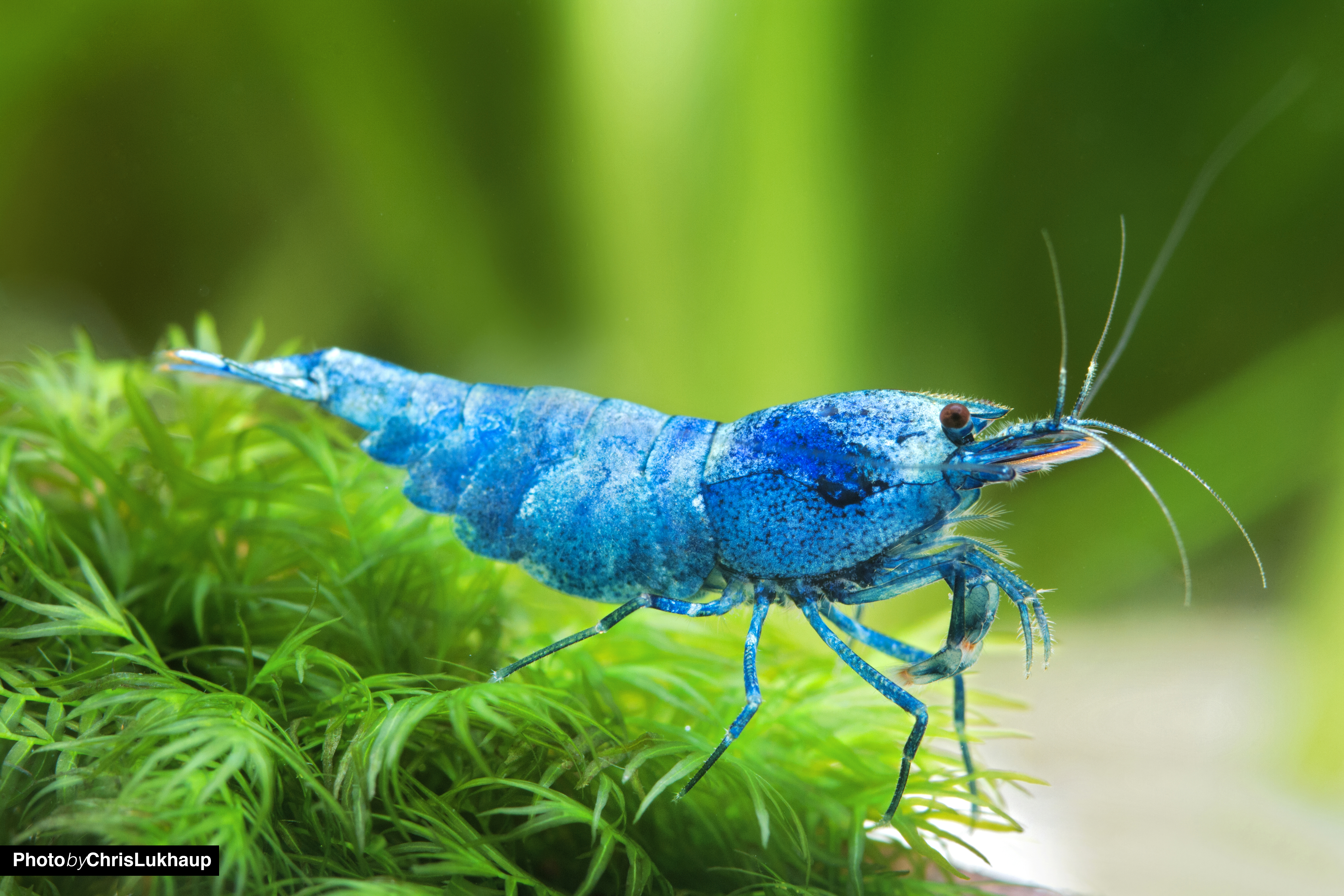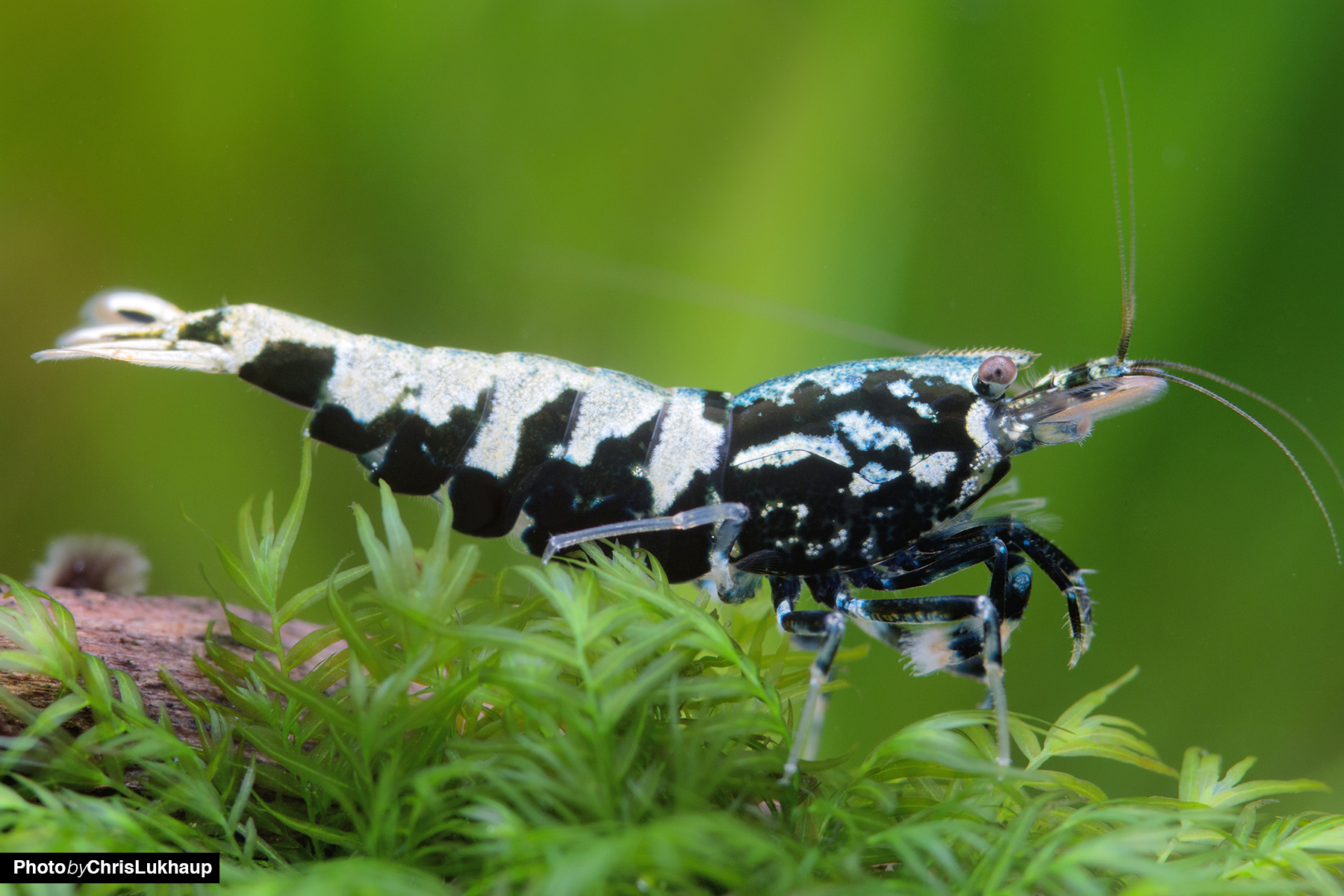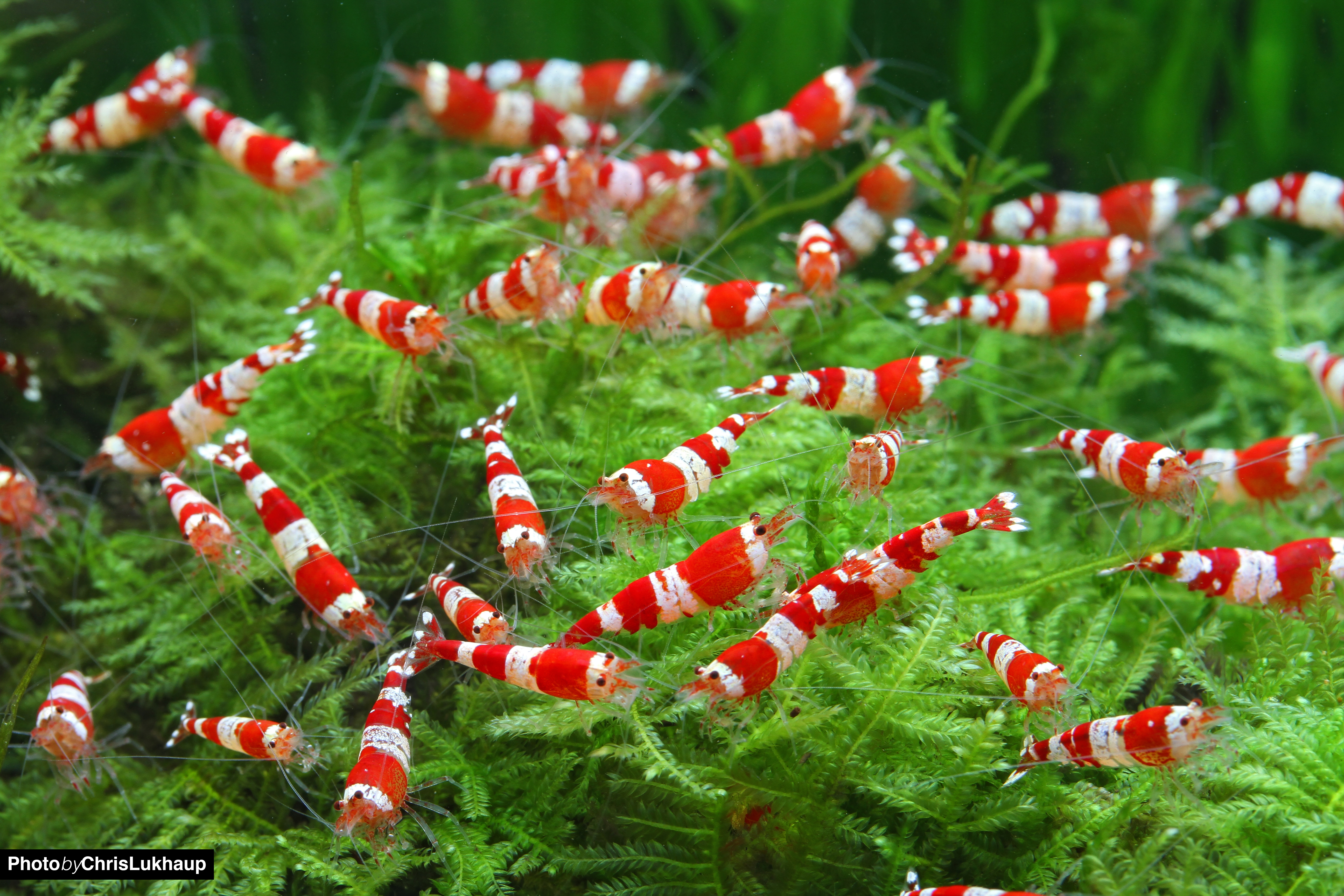Shrimp keeping - bee shrimp and tiger shrimp
Shrimp keeping - bee shrimp and tigershrimp
Bee shrimp (Caridina logemanni) and tiger shrimp (Caridina mariae) are not quite as hardy as shrimp of the genus Neocaridina. They are not suitable for association with predatory fish due to their lower reproduction rate. Cohabitation with algae eaters such as Otocinclus is not a problem, provided the aquarium size meets the needs of the fish.
What does the optimal bee or tiger shrimp aquarium look like?
Nano aquariums with a volume of 20 l or more are well suited for bee and tiger shrimp. However, a larger water volume often runs more stable, which is especially interesting if you also want to breed. A group of 10 to 20 animals is a good initial stocking.
Water values for Caridinas
These shrimp usually do not do well with tap water, in nature they live in very clean streams with a high oxygen content and unmeasurable hardness. In the aquarium they prefer rather soft water with a low carbonate hardness especially for successful breeding. A pH of 6.0 to 7.5 and a total hardness (GH) of 5 to 20 °dH is recommended. Bee shrimp prefer a very low carbonate hardness (KH) of 0 to 3 °dH, for tiger shrimp it can be somewhat higher (up to about 6 °dH). To avoid a drop in acidity, it is recommended to add humic substances (in alder cones, oak leaves, peat or in special preparations).

Blue Bolt shrimp - Caridina logemanii
Nitrate is tolerated up to about 10 mg/l, nitrite should not be detectable. To achieve these water values, it may be worthwhile to purchase an osmosis system. This water is then brought to the appropriate values with special mineral salt mixtures (by no means with sea salt or even table salt). If the temperature rises above 25 °C, you have to keep an eye on the oxygen content. Additional oxygen can be introduced with an aerator or an oxidizer. If necessary, the aquarium must be cooled. As inhabitants of temperate zones, bee and tiger shrimp cope very well with low temperatures. Aquarium heating is therefore not necessary.
Plants in the Caridina aquarium
In the biotopes of the bee or tiger shrimp there are almost no plants - but this does not speak against a planted aquarium. Real plants consume organic waste from the water and produce oxygen. In this way they have a positive influence on the water quality. Special aquarium fertilizer does not harm shrimp, provided you follow the dosage instructions. Bee and tiger shrimp can be kept well in planted aquariums, but often their breeding aquariums are very well planted. This is especially helpful if you want to breed and select the animals for different pattern of markings.

As substrate for bee and tiger shrimp a neutral natural gravel/sand or a special resin-coated colorful shrimp gravel/sand, which does not release any pollutants into the water, is actually sufficient. Plastic coated gravel can become problematic. However, a so-called active substrate (soil) is recommended, especially for bee shrimp. It consists of natural soils and regulates the water values to an optimal level.
Lots of water changes !
A shrimp safe filter is important. Nevertheless, a water change of 30 to 40% per week is recommended to avoid accumulation of waste products.
Brown autumn leaves are almost indispensable in the invertebrate aquarium. They provide food and hiding places for the animals, and they also contain humic substances that help the animals molt and have a mild antibacterial effect.
Propagate Caridinas ?
Bee or tiger shrimp are quite peaceful among themselves. The young animals can therefore be raised in the aquarium. If the baby shrimps have hatched, you should be careful not to suck them out when changing the water. If you want to be sure, let the water run into a light bucket. This way you can see any baby shrimp that may have been sucked out.

